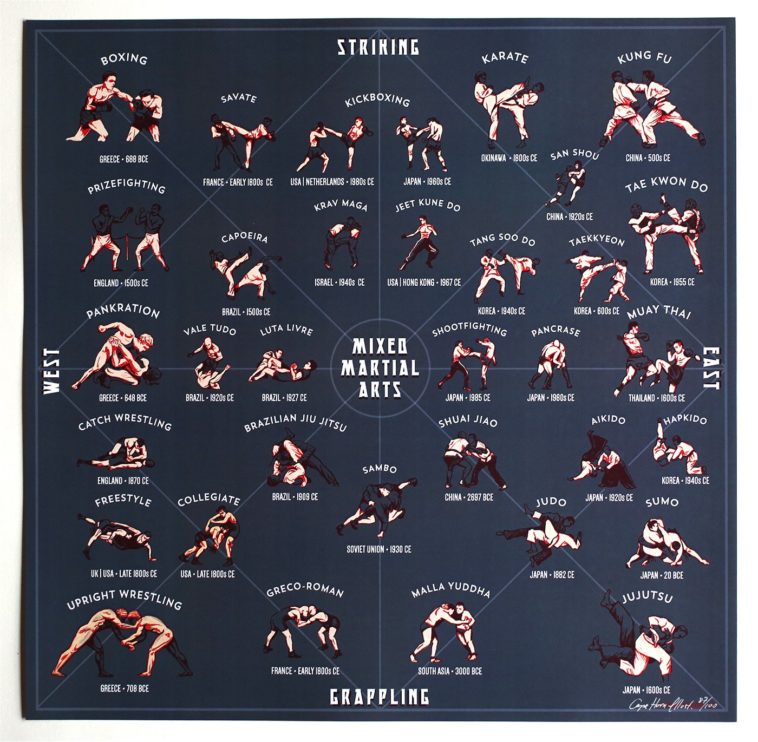Unveiling The Variety Of Martial Arts Disciplines: A Guide From Martial Arts To Taekwondo
Unveiling The Variety Of Martial Arts Disciplines: A Guide From Martial Arts To Taekwondo
Blog Article
Published By-Borch Pierce
Are you tired of feeling bewildered by the large world of martial arts? With numerous styles to select from, it can be simple to obtain lost in a sea of punches, kicks, and mysterious names. Yet concern not!
martial arts punching board will demystify the different fighting styles styles, taking you on a trip from the powerful strikes of Karate to the dynamic kicks of Taekwondo. Get ready to reveal the origins, techniques, and philosophies behind these old art types.
So, tighten your belt and prepare to embark on an informing exploration right into the captivating world of fighting styles.
Beginnings of Martial Arts Styles
The beginnings of fighting styles styles can be mapped back to old human beings and their requirement for protection and fight methods. Throughout history, different societies established their own special approaches of combating, each with its own set of techniques and viewpoints.
In China, for example, martial arts designs such as Martial art and Tai Chi were created as a means of self-defense and enhancing physical and mental health.
In Japan, the samurai warriors created designs like Karate and Judo, focusing on technique, precision, and proficiency of the body.
Similarly, in Korea, Taekwondo emerged as a fighting style emphasizing high kicks, fast activities, and mental determination.
you could look here laid the structure for the varied array of fighting styles styles that exist today, each with its very own rich history and cultural significance.
Techniques and Training Methods
To master martial arts styles, experts need to find out various techniques and training techniques.
Methods are the particular movements and actions used in battle, such as punches, kicks, tosses, and blocks. Different martial arts designs have their own unique set of methods that practitioners must grasp through extensive training.
Educating methods vary depending upon the style, yet they generally entail a mix of physical fitness, drills, competing, and kinds.
Physical fitness is critical to develop strength, flexibility, and endurance. Drills assist professionals improve their techniques and enhance their speed and accuracy.
Sparring enables professionals to practice their strategies in a regulated, reasonable setting. Forms, additionally called kata, are cut-and-dried sequences of activities that help specialists develop muscle memory and emphasis.
Approaches and Concepts
Discovering the viewpoints and concepts of fighting styles styles can give you with a deeper understanding of your picked self-control. Each fighting style has its own unique approach and set of assisting principles that shape the means it's practiced.
For historical european martial arts , Karate highlights self-control, regard, and self-constraint. It teaches practitioners to focus their minds and bodies, enabling them to protect themselves while keeping a sense of inner peace.
On the other hand, Taekwondo places a strong emphasis on speed, dexterity, and flexibility. Its principles are rooted in the tenets of politeness, stability, willpower, self-discipline, and resolute spirit.
Verdict
Now that you've checked out the origins, methods, and approaches of different martial arts designs, you have a much deeper understanding of these old techniques.
Picture a young karate pupil, exercising with steadfast resolution and emphasis, breaking through boards with a powerful strike.
Their journey showcases the devotion and strength required to master a fighting style, reminding us that with technique and determination, anything is possible.
